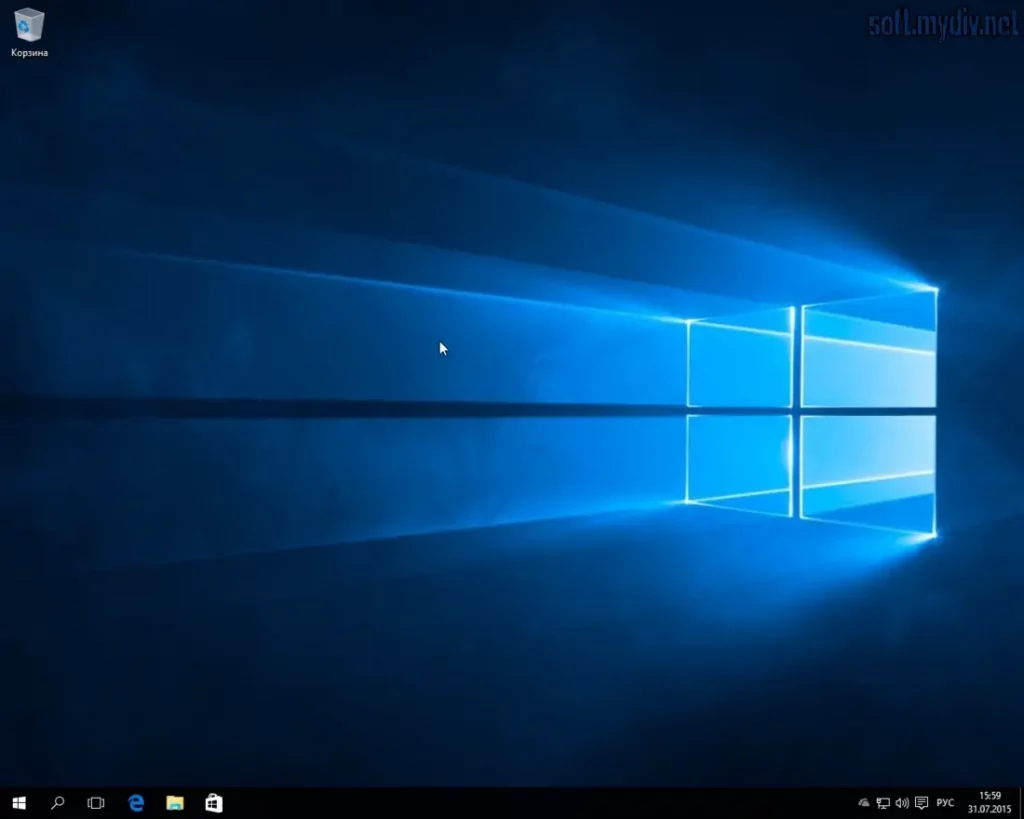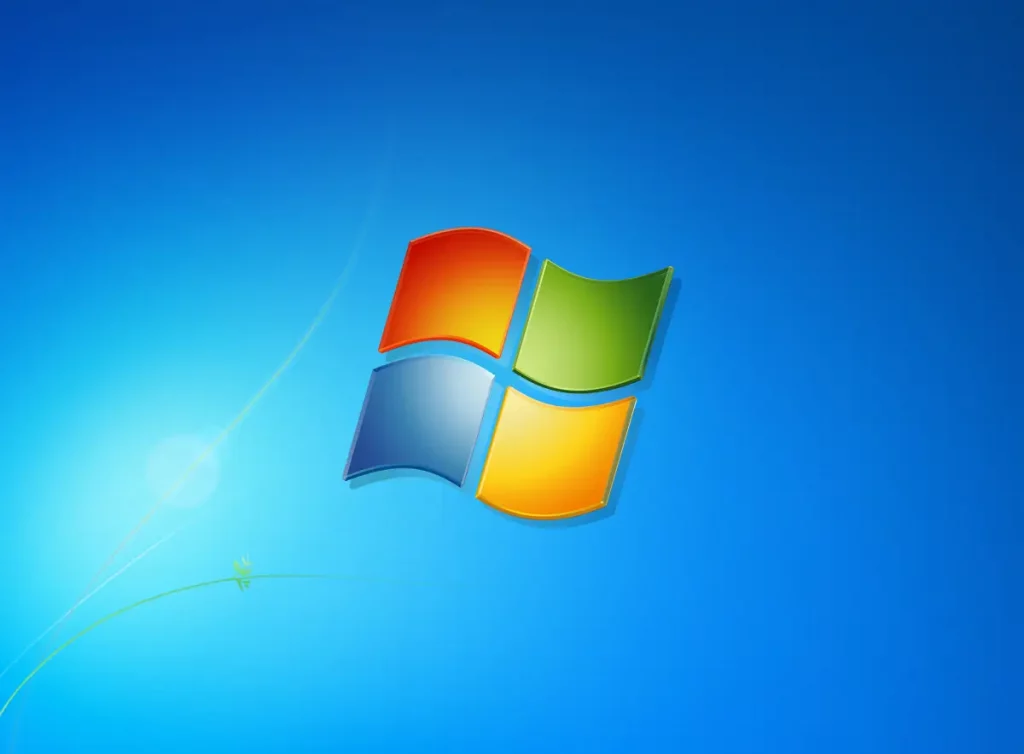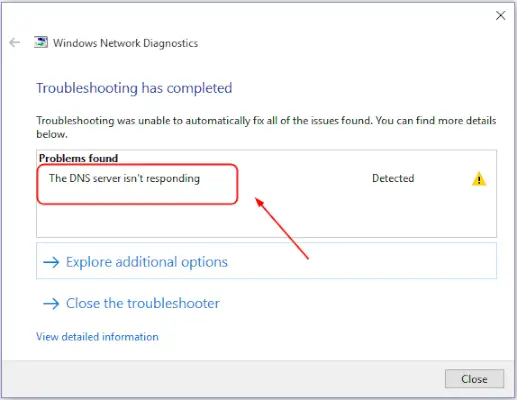Windows Key Not Working? Comprehensive Troubleshooting Guide
If your Windows key is not functioning, you’re not alone. This issue can be frustrating, especially if you rely on the Start Menu and keyboard shortcuts for your daily tasks. In this article, we’ll explore various methods to troubleshoot and fix the Windows key not working on Windows 10.
Understanding the Windows Key
The Windows key, located on your keyboard, is an essential part of navigating Windows 10. It allows quick access to the Start Menu, desktop shortcuts, and other important functionalities. When it stops working, it can significantly disrupt your workflow.
Common Causes of Windows Key Issues
- Hardware Issues: Physical damage to the keyboard or dirt under the keys.
- Software Glitches: Bugs or glitches in Windows 10 or specific software.
- Registry Errors: Corruption or incorrect configuration in the Windows registry.
- Driver Issues: Outdated or corrupted keyboard drivers.
- Third-Party Software: Conflicts with third-party applications, such as gaming or macro software.
Preliminary Checks
Check for Physical Damage
The first step is to check if there is any physical damage to the Windows key. Ensure that the key is not stuck, dirty, or damaged. You can try cleaning the keyboard or using a different keyboard to rule out hardware issues.
Restart Your Computer
A simple restart can often fix many issues, including the Windows key not working. Restart your computer to see if this resolves the problem.
Check Keyboard Connections
If you’re using an external keyboard, ensure that it is properly connected to your computer. Try plugging it into a different USB port or using it on another computer to determine if the issue is with the keyboard or your system.
Troubleshooting Steps
Method 1: Disable Gaming Mode
Some keyboards, especially gaming keyboards, have a Gaming Mode that disables the Windows key to prevent accidental presses during gameplay. Here’s how to check and disable Gaming Mode:
- Locate the Gaming Mode switch on your keyboard. It might be a physical switch or a combination of keys (e.g., Fn + F10).
- Toggle off Gaming Mode.
- Test the Windows key to see if it works.
Method 2: Update or Reinstall Keyboard Drivers
Outdated or corrupted keyboard drivers can cause the Windows key to stop working. Follow these steps to update or reinstall your keyboard drivers:
- Press Win + X and select Device Manager.
- Expand the Keyboards section.
- Right-click on your keyboard and select Update driver.
- Choose Search automatically for updated driver software and follow the prompts.
- If the issue persists, right-click on your keyboard in the Device Manager and select Uninstall device. Restart your computer, and Windows will automatically reinstall the driver.
Method 3: Check for Windows Updates
Updating Windows 10 can resolve many issues, including the Windows key not working. To check for updates:
- Press Win + I to open Settings.
- Go to Update & Security.
- Select Check for updates and install any available updates.
- Restart your computer and test the Windows key.
Method 4: Modify the Windows Registry
If the Windows key is disabled in the registry, you’ll need to modify the registry to re-enable it. Follow these steps:
- Press Win + R, type regedit, and press Enter to open the Registry Editor.
- Navigate to HKEY_LOCAL_MACHINE\System\CurrentControlSet\Control\Keyboard Layout.
- Look for a value named Scancode Map. If it exists, right-click and delete it.
- Close the Registry Editor and restart your computer.
Method 5: Run a System File Checker (SFC) Scan
Corrupted system files can cause the Windows key to stop working. You can use the System File Checker tool to scan and repair corrupted files:
- Press Win + X and select Command Prompt (Admin).
- Type sfc /scannow and press Enter.
- Wait for the scan to complete and follow any on-screen instructions.
- Restart your computer and check if the Windows key is working.
Advanced Troubleshooting
Method 6: Use the DISM Tool
The Deployment Imaging Service and Management Tool (DISM) can repair the Windows system image, which may fix the Windows key issue. To use DISM:
- Press Win + X and select Command Prompt (Admin).
- Type DISM /Online /Cleanup-Image /RestoreHealth and press Enter.
- Wait for the process to complete, which may take some time.
- Restart your computer and test the Windows key.
Method 7: Create a New User Profile
If the issue is related to your user profile, creating a new profile might resolve the problem. Here’s how:
- Press Win + I to open Settings.
- Go to Accounts and select Family & other users.
- Click Add someone else to this PC.
- Follow the prompts to create a new user account.
- Log in to the new account and check if the Windows key works.
Method 8: Perform a System Restore
If the Windows key issue started recently, you can try restoring your system to a previous state where the key was working. Here’s how:
- Press Win + S and type System Restore.
- Select Create a restore point and click System Restore.
- Follow the on-screen instructions to restore your system to a previous state.
- After the restore, test the Windows key.
Additional Solutions
Check for Malware
Malware can interfere with your system’s functionality, including the Windows key. Run a full system scan using your antivirus software to check for any malware.
Uninstall Recent Software
If the issue started after installing new software, it might be causing a conflict. Try uninstalling the software to see if the Windows key starts working again.
Reset Windows 10
If all else fails, you may need to reset Windows 10. This will reinstall Windows without affecting your files but will remove installed applications. To reset Windows:
- Press Win + I to open Settings.
- Go to Update & Security and select Recovery.
- Under Reset this PC, click Get started.
- Follow the on-screen instructions to reset Windows.
Preventing Future Issues
Keep Your System Updated
Regularly update your system to prevent future issues with the Windows key. This includes Windows updates, driver updates, and software updates.
Avoid Third-Party Software Conflicts
Be cautious when installing third-party software, especially those that modify system behavior. Always create a restore point before making significant changes to your system.
Regular System Maintenance
Perform regular system maintenance, including disk cleanup, defragmentation, and scanning for malware, to keep your system running smoothly.
The Windows key not working on your Windows 10 computer can be a frustrating experience, but with the troubleshooting steps outlined in this guide, you should be able to resolve the issue. From simple fixes like restarting your computer to more advanced methods like modifying the registry, there are plenty of ways to get your Windows key back in action.
FAQ
| Question | Answer |
|---|---|
| Why is my Windows key not working? | There could be several reasons, including hardware issues, driver problems, or software conflicts. |
| How do I fix the Windows key not working? | You can try several methods, including restarting your computer, updating drivers, and modifying the registry. |
| Is the Windows key necessary? | While not essential, the Windows key provides quick access to important Windows functions and shortcuts. |
By following the steps above, you can ensure that your Windows key remains functional and that you can continue to use your computer effectively. If the problem persists after trying all the methods, it may be time to consult a professional or consider replacing your keyboard.




